Brimstone Hill Fortress
In 1689 the French army placed cannons on Brimstone Hill in order to attack the British. In 1690 the British captured Brimstone Hill, put their own cannons at the top, and started constructing a fortress.
The Brimstone Hill Fortress took almost a century to complete.
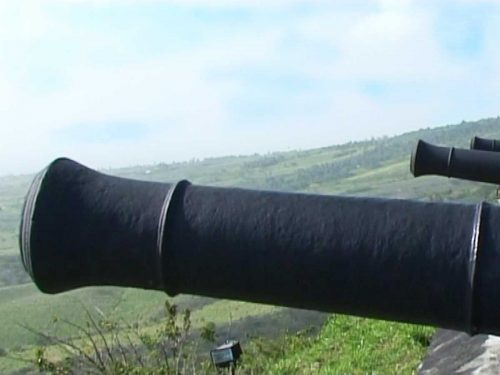
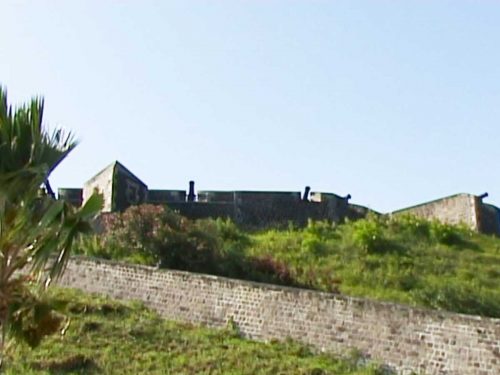
Construction of Brimstone Hill
The principal structures of the fortress are situated on different levels on the top third of the hill.
Construction is dressed stone blocks with a rubble core. Local limestone was used as a decorative element for quoins (corner stones) and for facing round doorways and embrasures (openings in the battlements).
Quarries on the middle and lower slopes of the hill provided most of the stone.
At the heart of the fortress, is Fort George (the Citadel) which dominates one of the twin peaks.
Completed towards the end of the 1700s, Fort George is the earliest surviving example of the “Polygonal System” of fortress design.
The entire site Brimstone Hill Fortress covers approximately 40 acres surrounded by over a mile of buffer zone.

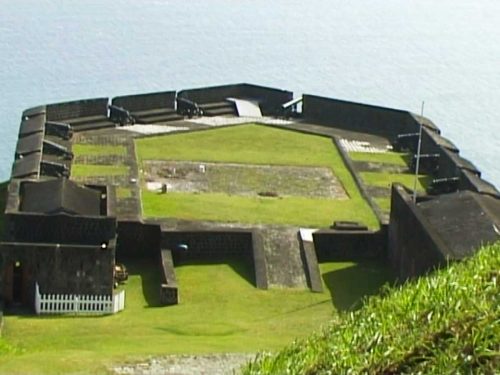
Modern-Day Brimstone Hill Fortress
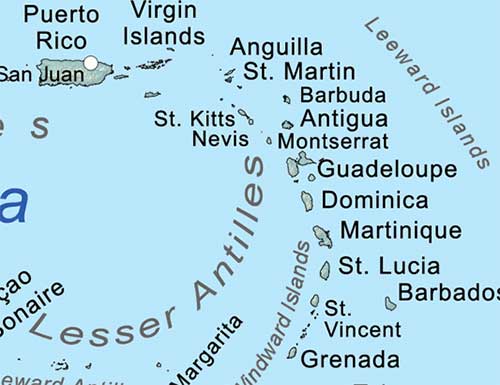
The importance of location
During the 18th century Britain, Spain, France, Portugal, and the Netherlands were all battling to colonize the Caribbean, whoever commanded the eastern sea route had a distinct advantage.
Brimstone Hill Fortress has been called the “Gibraltar of the Caribbean” because of its strategic location.
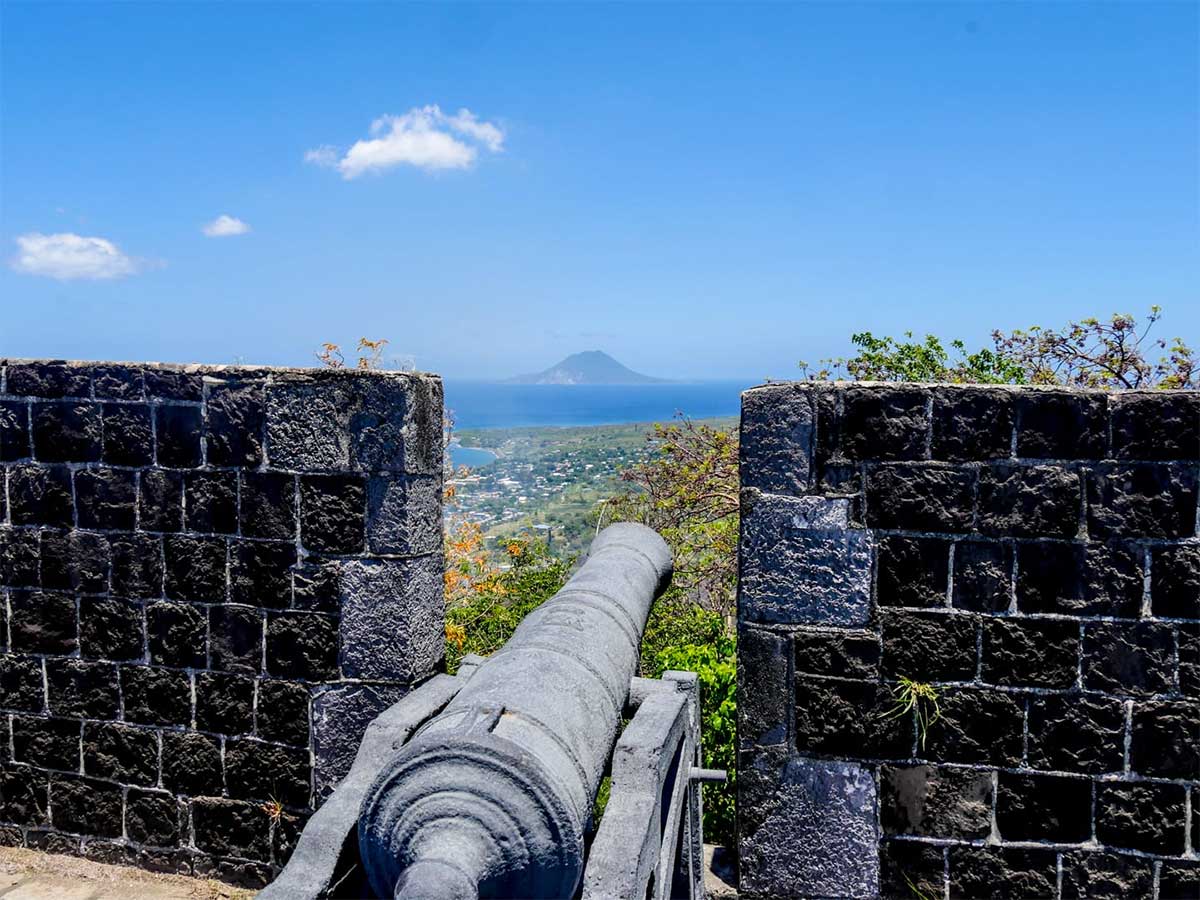
Look at the views
Stand at the top of Brimstone Hill today, at a height of 800 ft and you have panoramic views all around you.
Look North West and the first island you see is St. Eustatius and behind that the Island of Saba. To the North, on a clear day, you can see St Martin and St Barthélemy.
Look down 800 ft and consider what it would have been like to attack the Fortress as an infantryman when your weapons were a musket, a bayonet, and possibly a sword.
Today Brimstone Hill Fortress National Park is a UNESCO World Heritage Site of historical, cultural, and architectural significance.
It is a monument to the ingenuity of the British military engineers who designed it and to the skill, strength, and endurance of the African slaves who built and maintained it.
Since 1853 when the British Military abandoned the fort, some of the original buildings have been reconstructed for tourist use. The visitor’s center was opened in 1992 and is housed in the reconstructed Commissariat Building. Much of the site however has been carefully preserved and restored as is befitting as one of the oldest surviving military forts in the world.
Brimstone Hill Tours For Cruise Visitors
- Half Day Tour with a visit to the beach.
- Brimstone Fortress Only (4 Hours).
- Panoramic full island tour including Brimstone Hill (4-5 hrs)
- Private Tour Romney Manor and Brimstone Hill Fortress (6 hrs)
Brimstone Hill Tours for Island Stay Visitors
All the above tours are available if you are staying in St Kitts.
